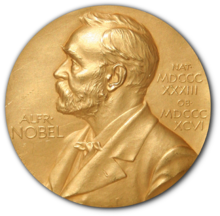Are all objects with irrational lengths measureable?
I was deleting old emails a while ago and I came across with questions from some students reading my blog. I have answered quite a number of questions from middle school and high school students via Email and Facebook since this blog started. I think some are worth publishing here, so I’ll probably post one from time to time. Below is the first Q & A in this series.
Question
Are all objects with irrational lengths measureable?
Answer
Yes. In principle, they are measureable.
The number line represents all real numbers. It contains all the rational and irrational numbers. In fact, there is a one-to-one correspondence between the set of real numbers and the set of points on the number line. This means that every real number has a corresponding point on the number line, and every point on the number line has a corresponding real number. Therefore, since we can locate every irrational number on the number line, we can find its distance from 0. This distance represents the irrational length.
